Woodlice - an insect or crustacean, is it dangerous for plants?
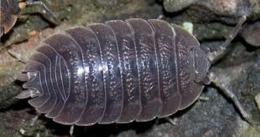
Very often, various parasites appear in apartments, country houses and summer cottages. Some are simply unpleasant and cause a feeling of disgust, others cause significant damage to the household and can be harmful to health.
Woodlice is often found among uninvited guests. Let's figure out how dangerous it is and how to get rid of it.
Content:
- Woodlice - an insect or crustacean, where it lives, what it eats
- Woodlice in nature, do they harm humans and plants?
- What are woodlice afraid of, how to get rid of them in a private house, in a greenhouse, in a cellar
- How to get rid of woodlice in seedlings
- Is the use of boric acid effective against woodlice?
Woodlice - an insect or crustacean, where it lives, what it eats
Pests belong to the suborder Crustaceans from the order Isopods. They are descendants of ancient arthropods that emerged from the water. Modern woodlice are not sufficiently adapted to life on land; they prefer rather damp places.
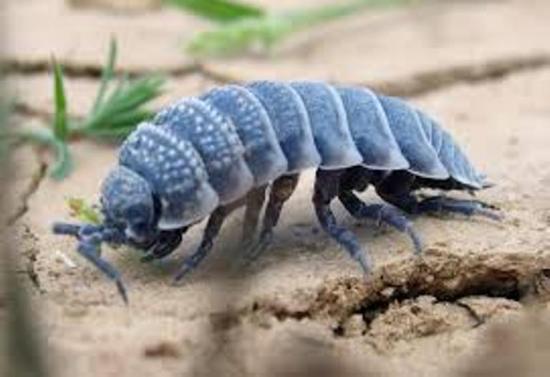
Although some species can live in deserts or very salty bodies of water, it is the species that makes its way into our apartments that loves dampness.
Such crustaceans are found in nature in shaded places saturated with moisture. They are localized mainly in wet crevices, in the ground under awnings, in heaps of garbage or rotting leaves. They also like to live under rocks or fallen tree trunks. trees.
In populated areas, crustaceans settle in wooden houses with areas of rotten walls and floors. They can be found in cellars and basements. From there, pests scatter over considerable distances and can settle in an apartment with high humidity or leaking pipes. Their favorite places are flower pots and greenhouses.
Crayfish are herbivores. They rarely feed on living plants, preferring rotten grass.
They are classified as detritivores. This means that pests eat mainly dead tissues in which the process of decomposition has already begun.

Woodlice in nature, do they harm humans and plants?
The harm of woodlice is greatly exaggerated. Feeding on rotten grass and leaves, they rarely damage roots plants. If crustaceans are located in the cellar, they will feed on spoiled vegetables and root vegetables.
In flower pots, pests do not significantly interfere with the nutrition of flowers and seedlings. On the contrary, their metabolic products enrich the soil with useful substances. Of course, this applies to a small number of crustaceans.
Significant colonies of woodlice can damage walls and ceilings in a house. As they move, they destroy cardboard, plaster and wood. Numerous crustaceans in seedlings compact the soil and absorb moisture, preventing the plant from developing normally.
In the apartment, hordes of pests are frightening with their repulsive appearance. Activating in the dark, when a light source appears, they scatter to the sides, like cockroaches. Since crustaceans move through garbage dumps and dirt, they are able to bring infection into the house on their paws. This is especially dangerous if crustaceans get on food.
As for bites, there is no need to worry about this.The structure of the jaw of crustaceans implies chewing soft food.
Their oral cavity is not suitable for biting through skin. Therefore, woodlice are safe for people and animals.
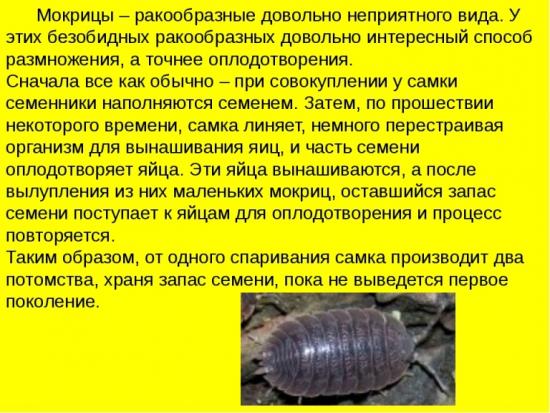
What are wood lice afraid of and how to get rid of them
Get rid of crustaceans in garden not worth it. There they carry much more benefit than danger. But there are places where pest control is necessary.
In a private house
First of all, it is important to reduce the humidity in the room and carry out thorough cleaning. Colonies of crustaceans signal that there is a serious leak or rot somewhere. In this case, repairs cannot be avoided.
Next, you should block pests’ access to the house. To do this, place strips of salt one and a half centimeters wide at door and window openings. Moving through them, the crustaceans become dehydrated and do not go further. It is also necessary to seal even the smallest cracks in the walls.
Without these measures, it will not be possible to remove uninvited guests. Only after the premises have been put in order can insecticides be used. The most effective ant repellents.
In the greenhouse
First you need to check if it is too rich watering plants. Waterlogged soil attracts pests and is not always beneficial for crops. The next step should be cleaning the area. You should get rid of wet boards and logs, collect garbage in closed containers, and cover manure heaps and composts.
Chemical preparations (Grom, Aktara, Ideal) and folk remedies are suitable for treating plants.
Experienced gardeners use:
- tobacco
- soda
- ash
- ground red pepper
In the cellar
To eliminate excess moisture, good ventilation and regular airing are necessary. Quicklime or salt is scattered in the corners.You cannot store empty containers in the cellar. Vegetables and fruits must be clean and dry. They are regularly sorted to remove rot in a timely manner.
Woodlice can be collected using traps. To do this, leave potatoes or carrot with the core cut out. A damp rag or birch broom will also work. The crustaceans will get into the bait, and in the morning it will be enough to take them outside and destroy them. A similar trick will work in a greenhouse.
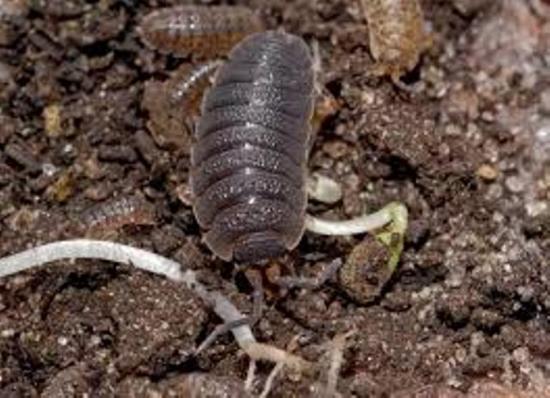
How to get rid of woodlice in seedlings
It is not difficult to understand that pests have settled in pots. The soil dries quickly and becomes compacted. When loosening, you can see white larvae. In this case you will need transfer plants. The roots are freed from the soil and washed in a weak solution of potassium permanganate. The seedlings are transferred to a new location, and the damaged pots with soil are thrown away.
In the future, you need to make sure that the containers have enough drainage holes. By the way, if there are not too many crustaceans in the seedlings, there will be more benefit from them than harm.
They fertilize the soil well and, thanks to the efficient processing of nitrogen compounds, promote rapid growth.
Is the use of boric acid effective against woodlice?
To be honest, not too much. The product consists of grains that crustaceans do not eat. If you spray a substance dissolved in water in places where pests accumulate, its concentration will be too low. Boric acid must enter the body of the wood lice through food, so external spraying will not affect the crustaceans. There will be some benefit from the drug, but no more than from regular salt.
Crowds of woodlice that have settled in the house and in the garden beds can greatly spoil the mood. You shouldn't expect any serious harm from them.
And it’s not difficult to get rid of crustaceans. You may not even need chemicals, you just need to eliminate excess moisture in the room and area.
We recommend watching a video about woodlice in a greenhouse:

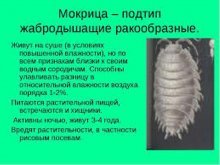
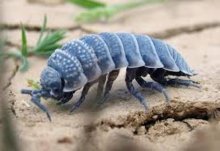
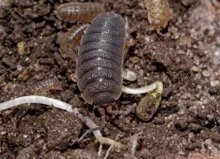
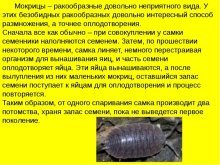
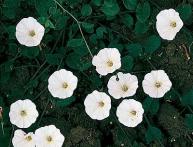
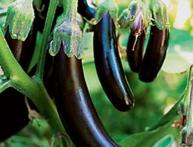
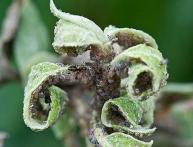
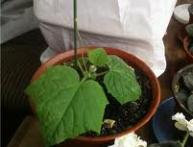
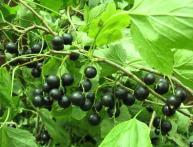
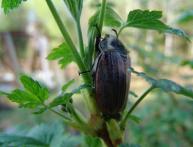
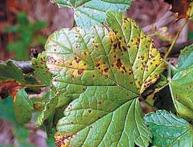

Comments
Without a doubt, everyone is familiar with wood lice and there really seems to be no particular harm from them, but their very presence is unpleasant. I usually use ant poison to kill them. Quite effective.
We used to have woodlice only in the greenhouse. But not enough to fight them. And when it was too hot, we ventilated the greenhouse and the wood lice left on their own, because... the ground dried out a little.
In the open air in our region, woodlice practically do not survive, although some still find damp corners for themselves, but they are not able to cause damage to either plants or crops. But if you don’t regularly dry the greenhouses, problems can arise.